We know that Castelletto D’Orba, after the mid-10th century, was part of the Marca Obertenga, whose border with the Marca Aleramica was represented by the Orba and Stura streams. The lords of Castelletto were the marquises of Parodi-Massa, of Obertenga ancestry. The Overseas Expedition of the so-called First Crusade, in which the Marquis of Parodi participated, with Castelletto archers in his retinue, dates from this period.
In 1201, Genoa made a treaty with some of the lords of Castelletto against attempts to retaliate by the marquises of Parodi and Gavi.
In 1220, in relation to the castle, the construction of the tower and dongione is attested: this is probably the first nucleus of the building that still exists. In 1522, Antoniotto Adorno, doge of Genoa and feudal lord of Castelletto, had the site rearranged with the reconstruction of the “Porta Januensis,” or ‘Genoese gate,’ mentioned in the Statutes of 1350-51, which opened on the ridge road to Montaldeo. From the Statutes, we can guess that the village was enclosed by a wall; there was then an innermost receptacle, on the side of the castle, which included today’s Via Torniella, of which the Porta Caffarella survives.
The town, called Castelletto Val D’Orba in documents, alternated this name with that of Castelletto Adorno. It was precisely under the leadership of the feudal lord Agostino Adorno that, in 1571, the people of Castelletto, led by Marc’Antonio Cortella, participated, with the fiefdoms of Calabria and the Orba Valley, in the Battle of Lepanto.
After the Napoleonic period, the Castelletto Mandate became part of the Province of Novi, a division of Genoa, and finally, in 1859, was aggregated to the new Province of Alessandria.
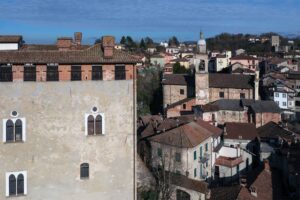
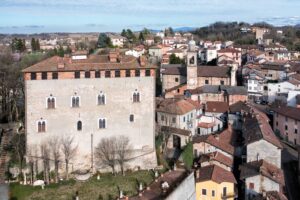
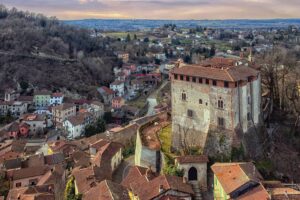
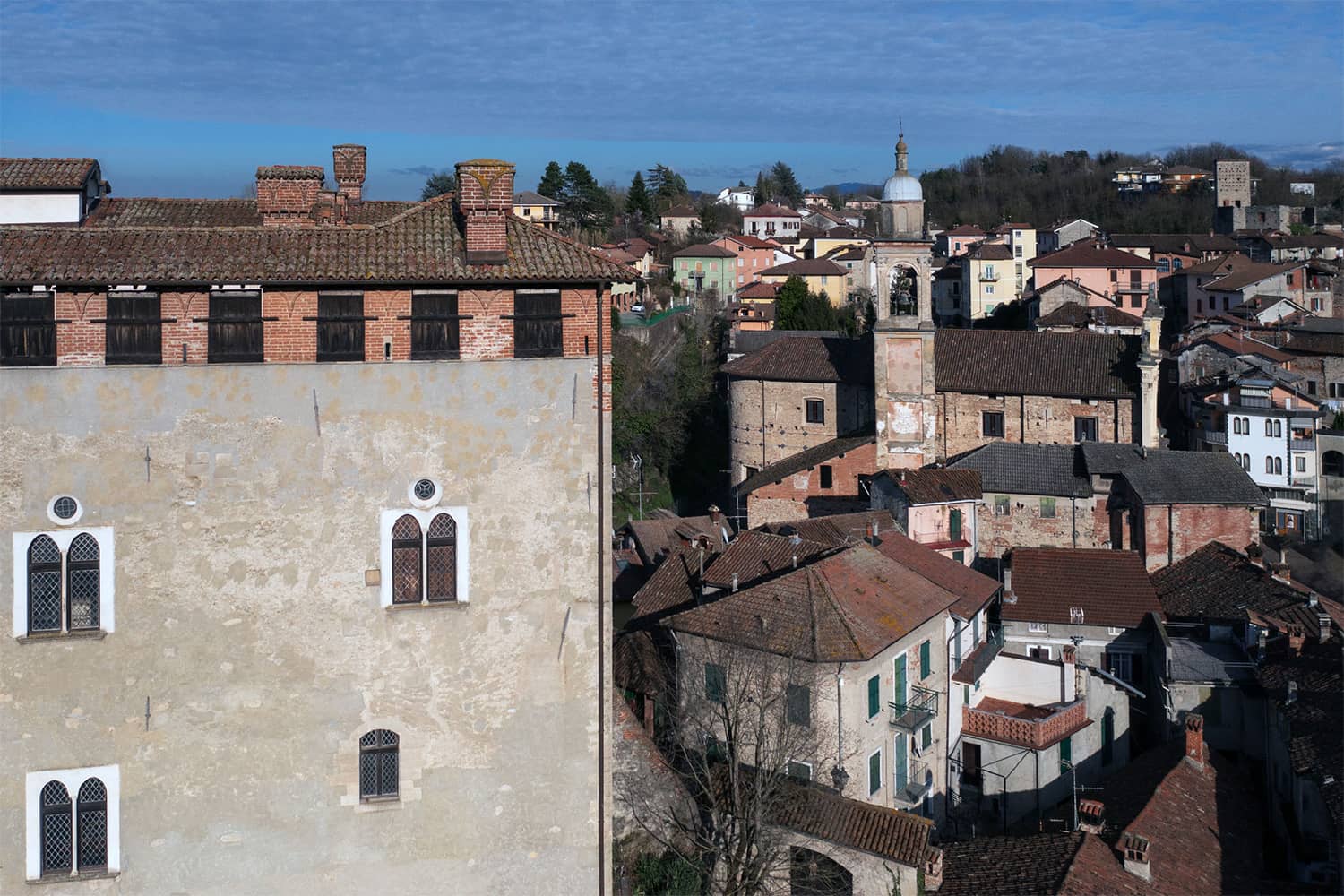
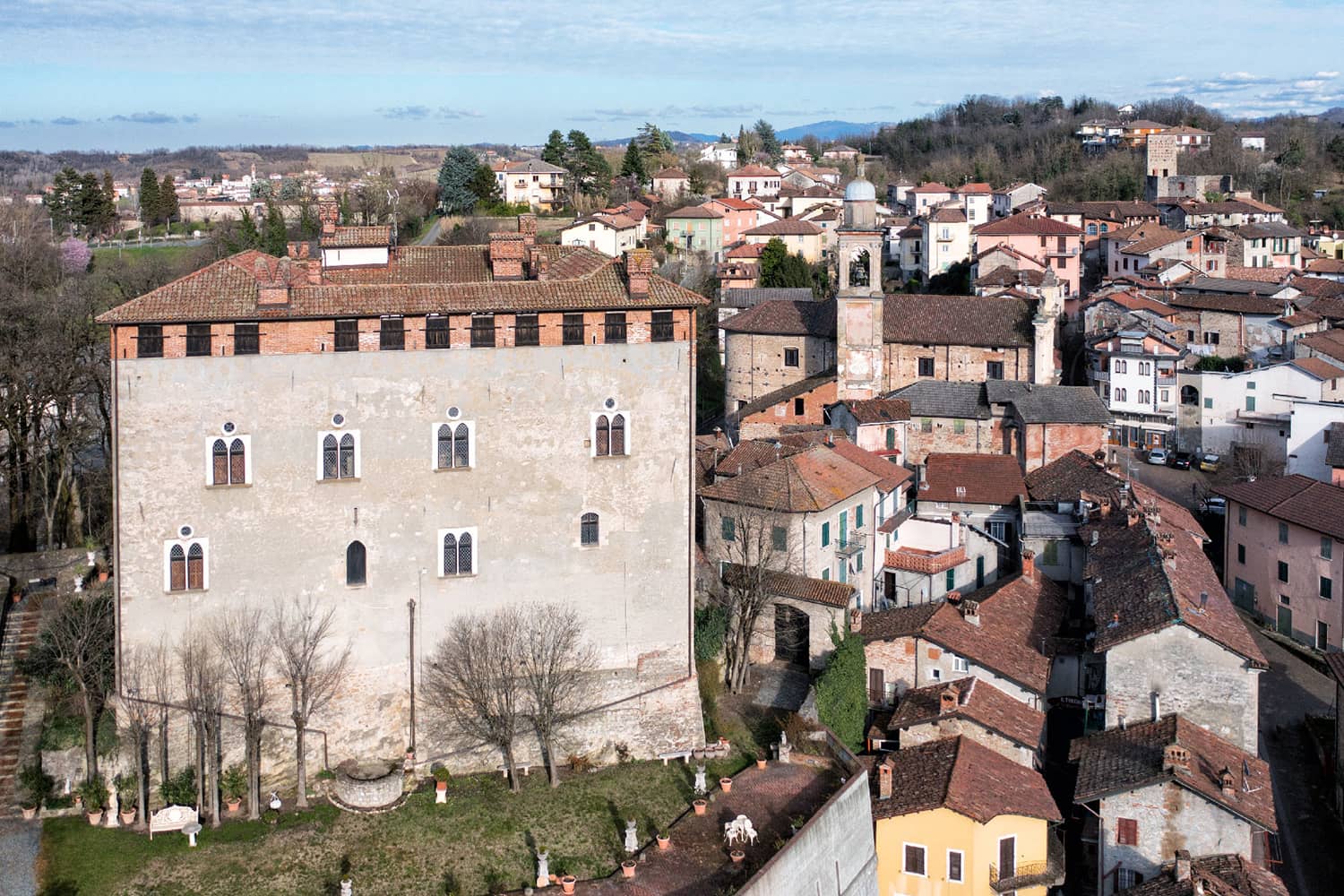
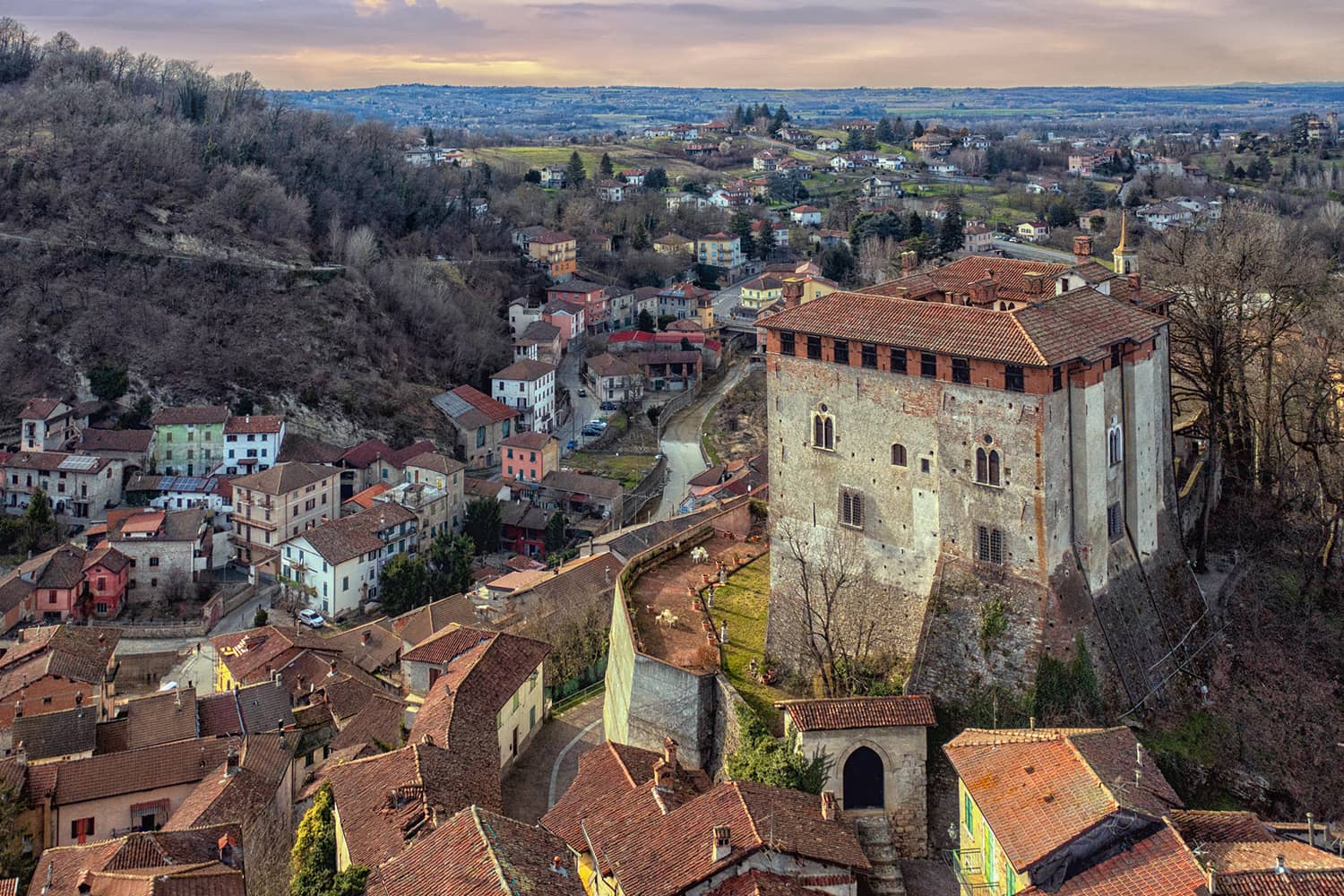
What to see in Castelletto d’Orba
- CASTELLO E IL BORGO DELLA TORNIELLA
- CHIESA ROMANICA DI S. INNOCENZO
- PARROCCHIALE DI SAN LORENZO
- ORATORIO DI N.S. DELLA PURIFICAZIONE
- MUSEO DEL TORCHIO E ANTICA CANTINA
From the earliest years of the 15th century, there is evidence of the Adorno Castle, which was the favorite residence of Antoniotto, doge of Genoa four times until his death in 1398. It was restored several times: the last campaign was in 1903.
It is an unusual construction compared to other castles: it is a block tending to square, absolutely regular, without any tower. The entrance was probably elevated above ground level, the central courtyard in relation to the buildings, set against the curtain walls. An outer wall surrounded the castle and formed the lower court: it still exists and is well preserved. The inner courtyard is Renaissance triple-loggia with external staircase. The windows on the main floor are interesting, with the characteristic bull’s-eye motif above the lintel, also taken up by the windows on the facade.
It is a monastic church that depended, starting in the 12th century, on the well-known Ligurian monastery of San Fruttuoso di Capodimonte, under the patronage of the Doria family. It is located along the route that, descending from Marcarolo, passing through Castelvero (an ancient settlement that was located in the plain downstream of Castelletto), reached the plain. The building has a typical gabled facade, in which several decorative elements are inserted that almost certainly belonged to a pre-existing early medieval building.
The walls are covered with pictorial cycles executed at different times and by different hands: the oldest frescoes are placed on both walls of the nave. The decoration on the right wall includes a triptych with St. Anthony, St. Innocent, and St. Catherine of Alessandria. The three figures are surmounted by cusps decorated with scenes of the Annunciation and the Crucifixion. On the triumphal arch are depicted St. John the Evangelist, St. John the Baptist, St. Innocent, St. Bernard and St. Sebastian. Above are a Crucifixion and an Annunciation with the dominant figure of Christ Pantocrator. The Crucifixion presents the only landscape detail in the entire painting cycle of St. Innocent: the background is occupied by a wall fence (the city of Jerusalem).
It was apparently founded in 1162 and was immediately subject to the Abbey of San Fruttuoso di Capodimonte until 1770.
The building is raised above street level, a difference in height that is overcome by a wide staircase that is well in keeping with the lively Baroque facade. The interior has three naves with a semicircular apse at the conclusion of the nave and is rich in altars in the side naves. In the left aisle opens the chapel that preserves, since 1798, the bodies of the martyrs Theodore and Faustino, who, at different times, had come to Castelletto from Rome, on the initiative of Antonio Mazzarino of Castelletto.In the right aisle opens the chapel of Our Lady of the Rosary, in which there is an 18th-century wooden statue of the Virgin and Child, the work of Nicolò Tassara, a Genoese sculptor and a valid competitor of Anton Maria Maragliano. At the end of this aisle is the baptismal font decorated with putti in grotesque forms, which has an inscription in Latin stating that one cannot reach heaven without passing through baptism.
The building dates back to the 15th century. There are very important frescoes there, reminiscent of those in the Church of San Giovanni al Piano in Lerma.
The Bozzolina hamlet, on the heights of Castelletto Township, guards the ancient and mammoth walnut oil press dated 1716.
This press consists of wooden parts, with the main beam exceeding 7 meters in length, and massive stone components. The complex is located i a Museum reserved for this testimony of the rural world that holds exceptional character for our area.
A few meters from the museum is a vintage wine cellar, containing exclusively wooden equipment made by a local carpenter; captions with the name in the local dialect are provided.


